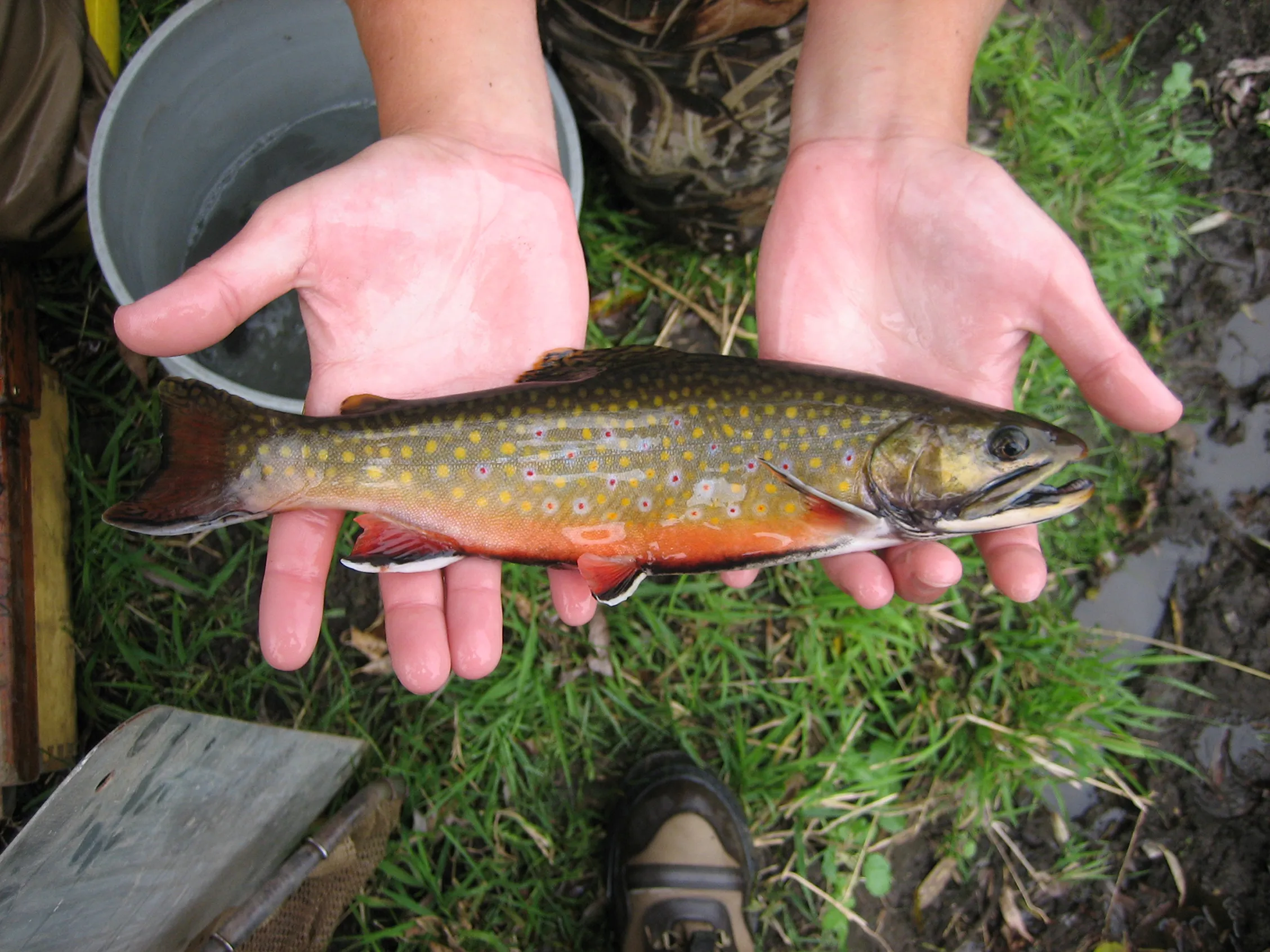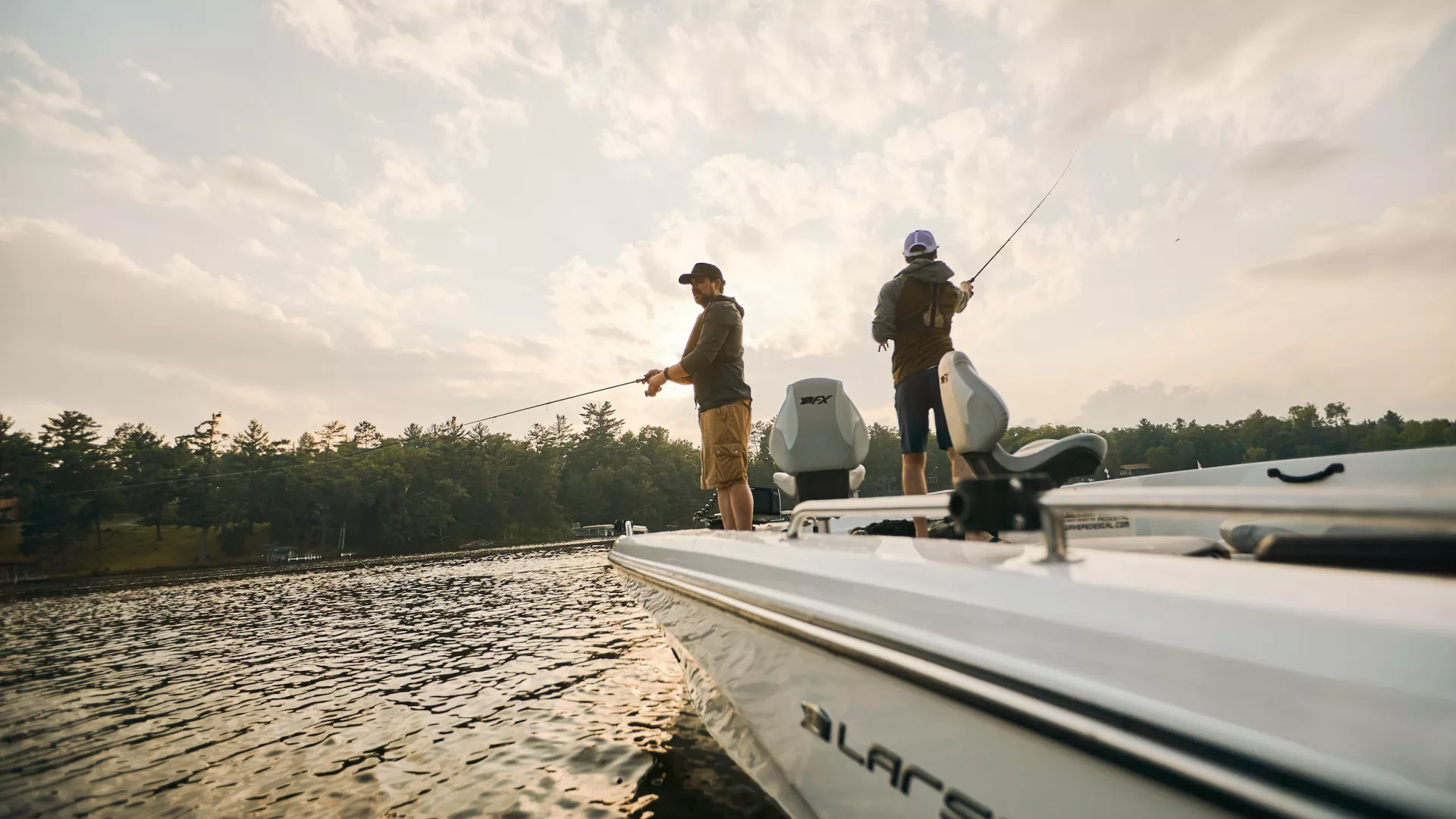
What to Fish in Minnesota
Healthy fish depend on a strong habitat. Just look at the many clean bodies of water in Minnesota — a “Land of 10,000 Lakes" split into three diverse biomes. Here are some of the more than 100 species you might find lurking within Lake Superior, Central Minnesota, and the mighty Mississippi....
Walleye
The walleye is Minnesota’s state fish, and for good reason. They grow big and fight hard in lakes throughout Minnesota, and they are a great tasting fish.
Anglers catch walleye in lots of ways — casting from a canoe in the northern wilderness, trolling live-bait rigs or crank baits on weed lines and rocky reefs, and bouncing jigs along the bottom of a swift-flowing river.
If you don’t have a boat, rent a spot on a commercial launch and have a party catching walleye with other anglers. Minnesota’s walleye average one to three pounds, but sometimes exceed 10.
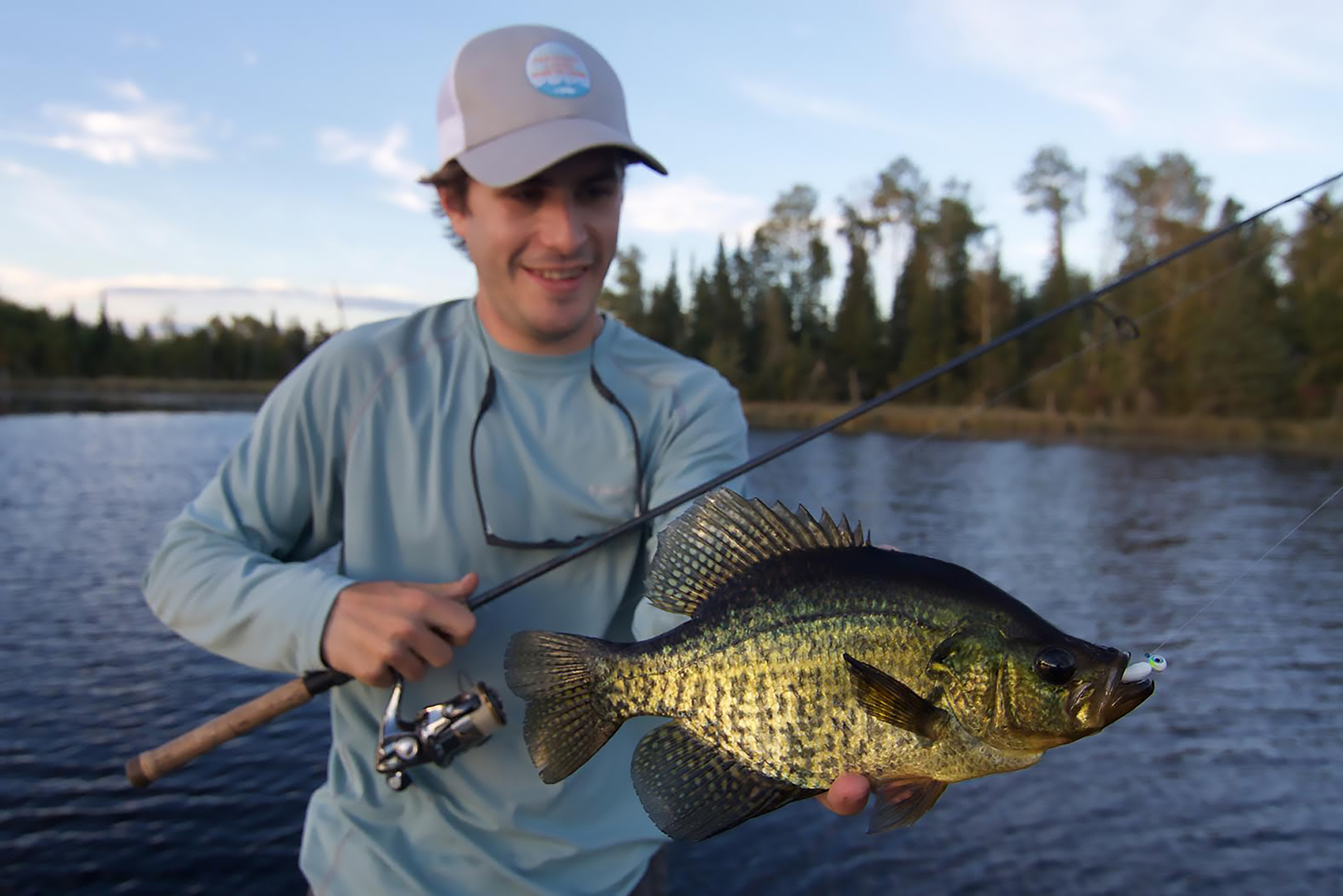
Panfish
Some of Minnesota’s smallest fish win the greatest devotion. There are anglers who like nothing better than to search deep weedlines and tiny woodland ponds to catch “bull” bluegills. Others spend the evenings searching a big lake for elusive one-pound crappies. Sunfish and crappies live in most Minnesota lakes. Crappies are very popular with anglers, and are considered to be one of the best-tasting gamefish.
Some of the state’s largest lakes, known best for big walleye, offer a surprise—jumbo yellow perch, some weighing more than a pound. When perch get that large, there’s nothing finer in the pan—and that includes their big cousin, the walleye!
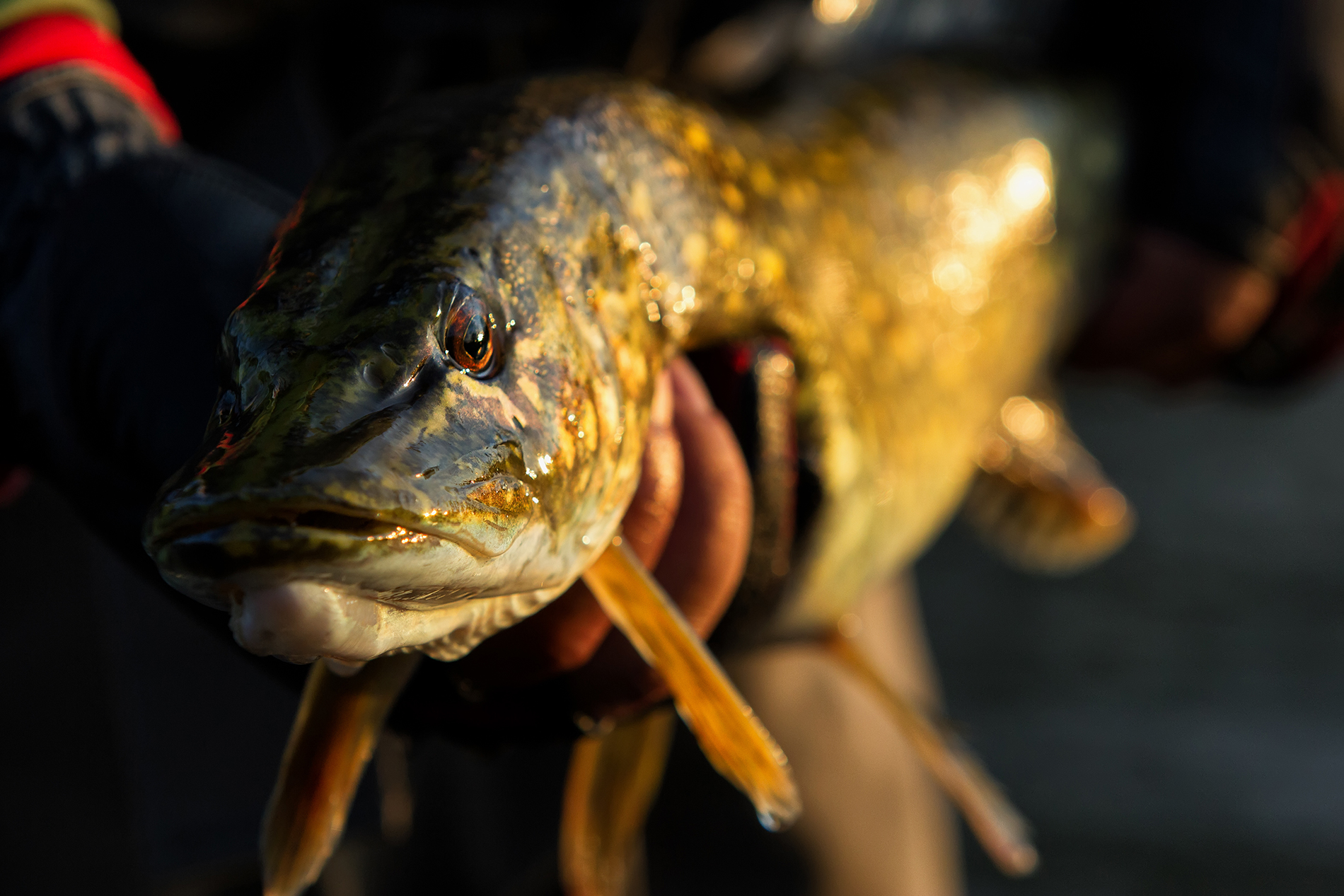
Muskies & Northern Pike
When a big northern pike or muskie slams into your bucktail like a Mack truck, your heart skips a beat and adrenaline rushes through your body. The large size, sharp teeth and lightning strike of these ferocious fish have that effect on an angler. They may be the most exciting of Minnesota’s gamefish. Northern pike are one of the most widespread fish in the state. You’ll find them all over, from the backwaters of the Mississippi to the wilderness lakes of canoe country. Anglers catch them on both live bait and artificial lures, by casting and trolling.
Minnesota muskie are bigger and more widespread than ever, thanks to successful stocking programs and catch-and-release efforts. The outcome is a better chance of catching a muskie, and reeling in a fish that weighs more than 50 pounds. While muskie presentations are very similar to those used for northern pike, some anglers try to add even more excitement to the experience by using a fly rod and large fly for the fight of a lifetime.

Catfish & Bullheads
Minnesota’s catfish include some monsters. Flathead cats of the state’s slow-moving southern rivers sometimes exceed 50 pounds. There’s a lot of pull in a fish that big. Channel cats can grow bigger than 20 pounds and show up in some surprising places, including the Red River of the North along the state’s northwest border and the St. Croix River near the Twin Cities. You’ll find bullheads, the smaller cousins to catfish, in lakes throughout central and southern Minnesota—a great sport for kids and even better for the frying pan.
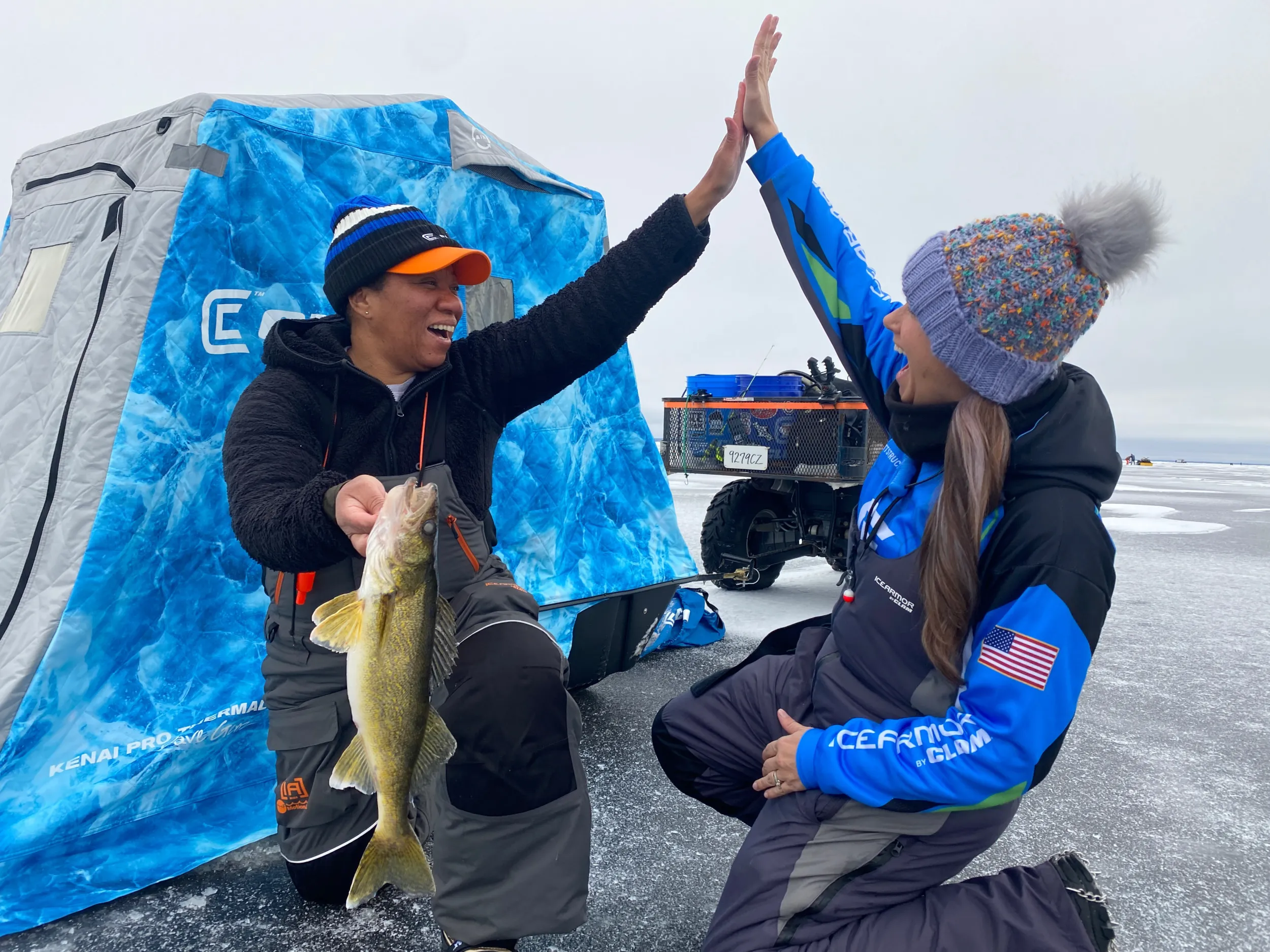
Bass
With so much attention given to walleye, many anglers feel that bass fishing is largely underrated. While anglers won’t catch a world record largemouth in Minnesota, they should expect to catch lots of good-sized, hard-fighting fish.
Waters throughout the state offer ideal habitat for bass, and the emphasis on catch-and-release fishing has made it easy to catch fish in the two- to six-pound range. Many techniques work well, such as tossing plastic worms to the weedlines, running spinner baits through the shallows and throwing topwater plugs along the lily pads.
During the spring and fall, begin in the shallows. During summer months, start deeper, concentrating on the weedlines and areas with structure.
Smallmouth bass are known for jolting strikes and spirited leaps. Plenty of lakes and rivers produce smallies up to five pounds. Smallmouth fishing has continually improved because bass anglers are a special breed who recognize that this fish is a resource worth protecting through catch and release.
Anglers should expect lots of fast action using a variety of techniques such as running crank baits over rocky reefs on a big lake, drifting baited jigs through a pool in a big river, and fly-fishing with poppers while wading knee-deep in a rocky stream.
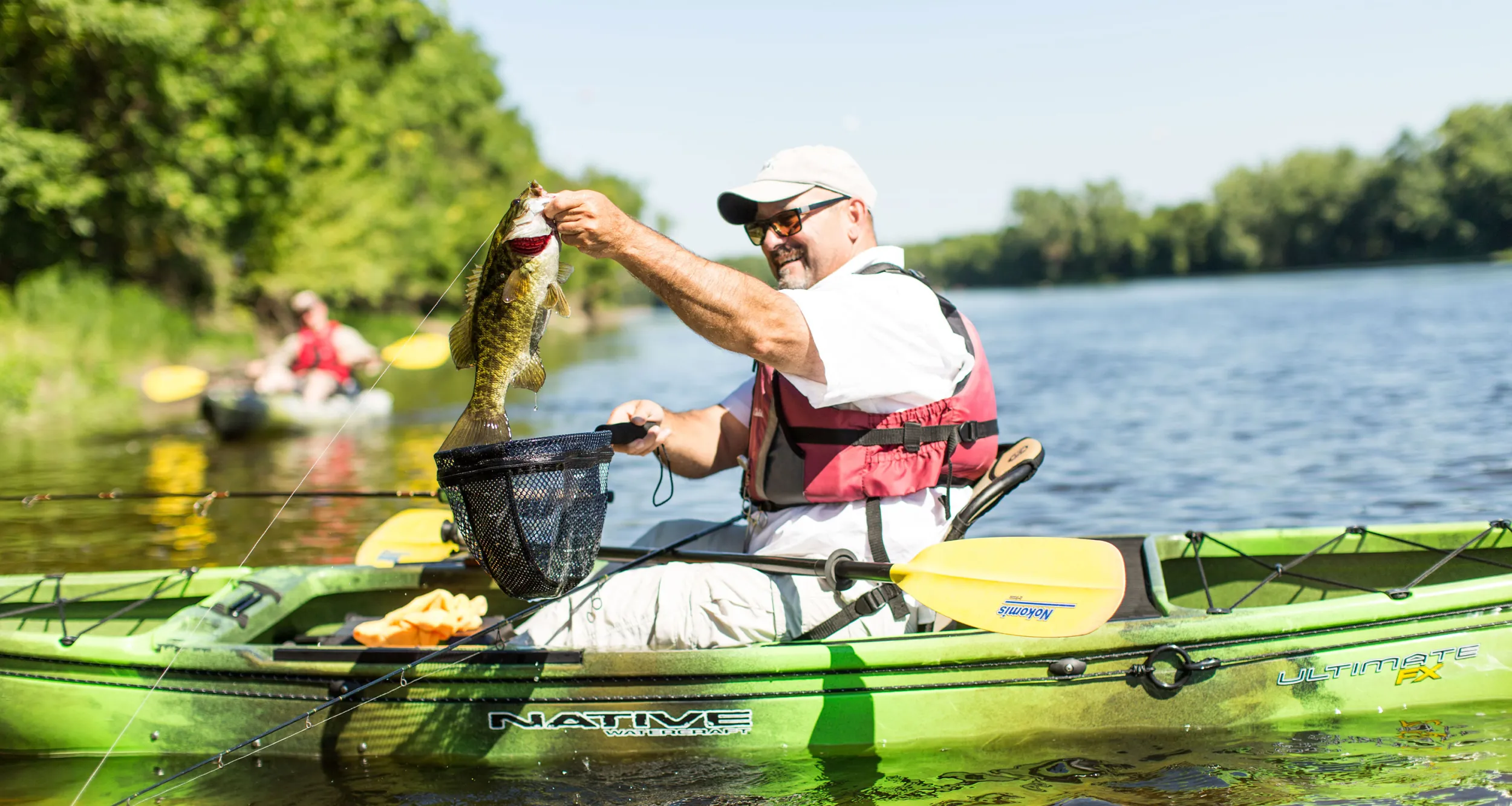
Trout & Salmon
Whether rising through the crystal clear current of a stream to nab a dry fly, or leaping across the blue expanse of Lake Superior, trout and salmon are pictures of grace and power. They live in some of the most beautiful waters imaginable.
Rainbow, brook and brown trout swim in the riffling woodland creeks of southeastern Minnesota’s bluff country, and in the tumultuous streams of Lake Superior’s North Shore. Trollers find lake trout, chinook and coho salmon in the cold waters of Superior itself. A brilliantly colored trophy “brookie” from a cold stream may measure only a foot, while a mature chinook from the big lake can easily push 20 pounds.
Find out more about fishing in Minnesota.
